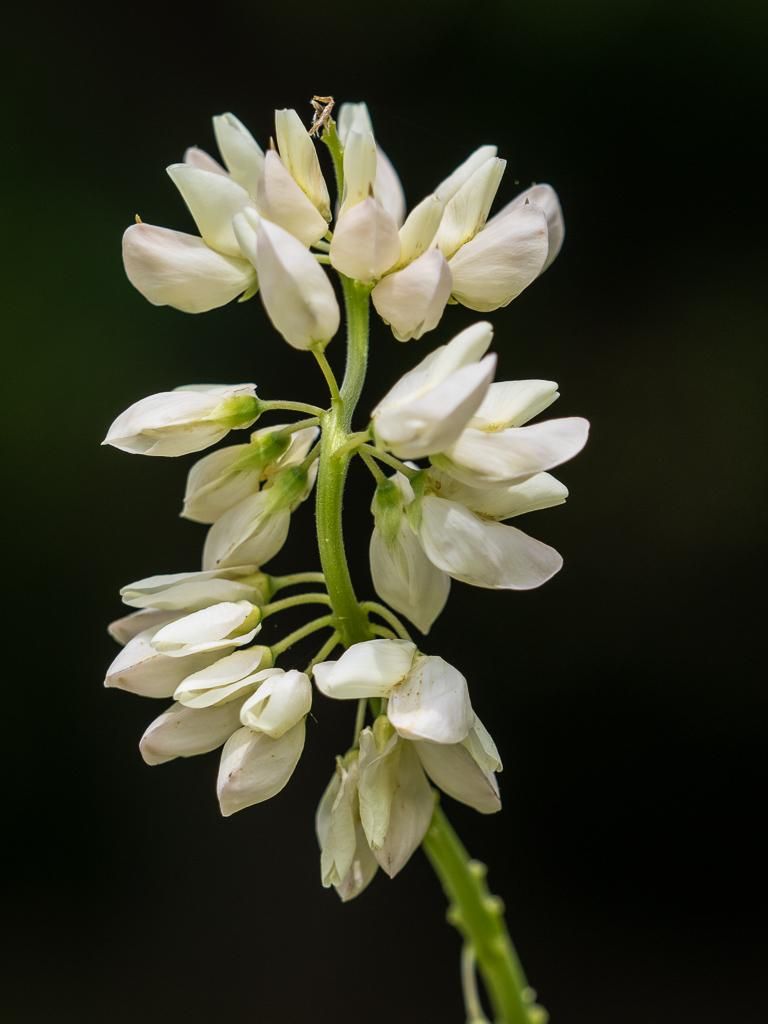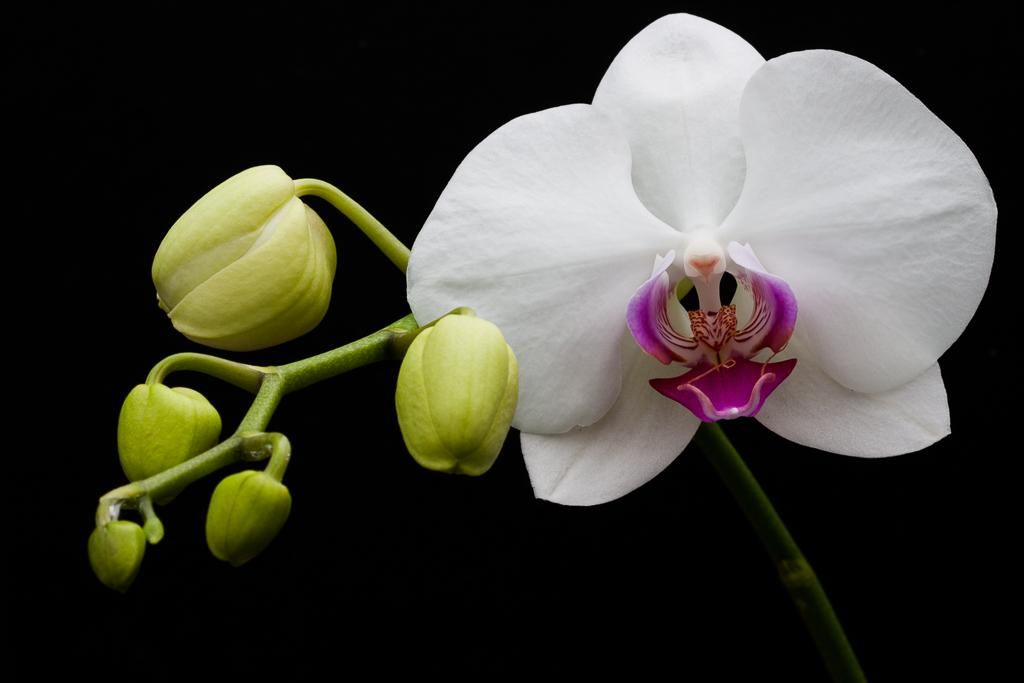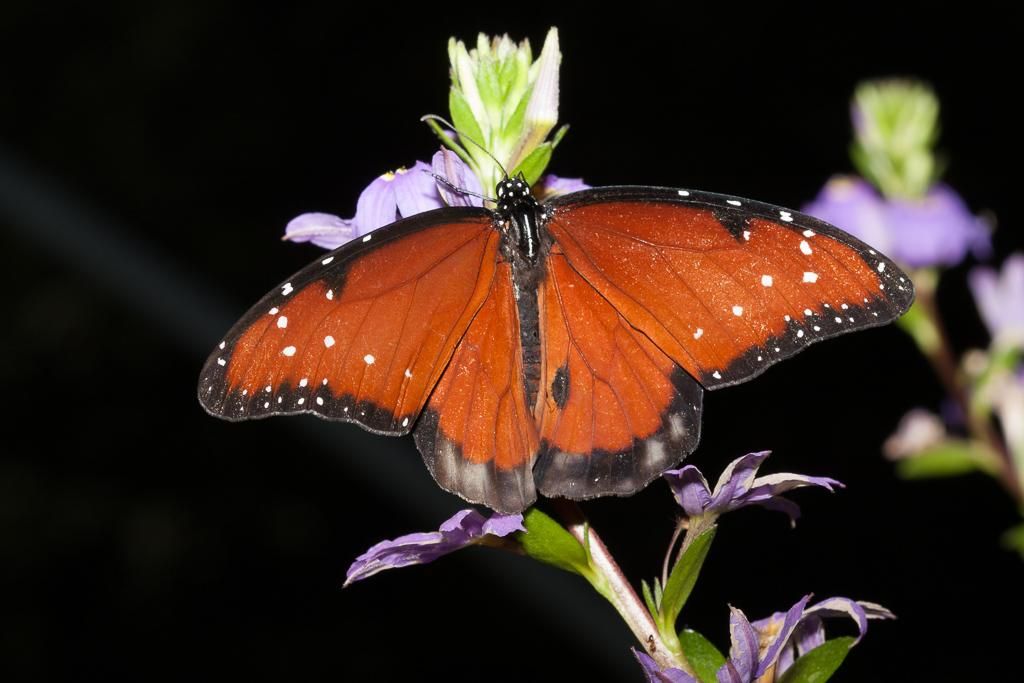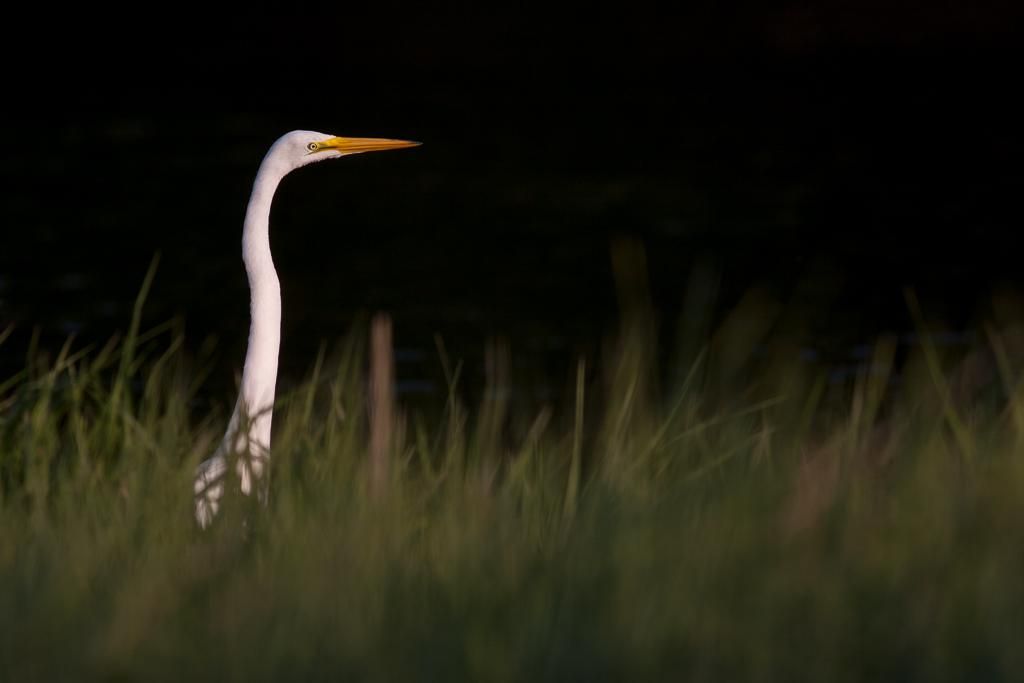When I’m out searching for photos, I’m always looking beyond the actual subject to see what’s behind it. A good background can make all the difference. If the area behind your focal point is bright and distracting, the main subject will be lost. To use something darker however, will allow this same subject to really pop. This is not overly technical, but rather one of those techniques that helps photographers develop their eye.
1) The actual background doesn’t have to be black. In fact, heavy shade is the perfect way to get started. The trick is to find a subject in bright sun while the area behind it is in shadow. By exposing for the main subject, everything else gets darker.

2) There are those lucky occasions when you’ll find a black billboard or man made structure in the area. When this happens, look for a possible subject that can be used to make a stunning composition. It does not need to be complicated, as simpler is often preferable.

3) White flowers will really stand out with this method, and if you can find subjects that have shape or movement in them, it will work even better.

4) Use the empty space to set the image off balance. It can create a mood or edginess not present in brightly exposed scenes.

5) Delicate details such as the finely spun web of a spider would be difficult to see against a bright background. A shadowy area however, allows us to really appreciate the symmetrical beauty of the subject.

6) If you find yourself in an environment with great subject but distracting backgrounds, you can bring your own. Any fabric store will sell you a few feet of black material. If possible, have a friend hold it behind the subject while you compose and shoot.

7) Another way to create a dark background is to purposely underexpose the photo, then use the flash to light your subject. This sounds harder than it actually is, and can be done with a basic pop-up flash on a DSLR.

8) Nature actually provides dark backgrounds all of the time. The trick is to slow your pace long enough to recognize them. In my experience, they are more abundant if you get down very low.

9) In a pinch, you can even position the side of your camera bag behind a bright subject with good results. To help reduce any detail in the bag, use this approach with a wide aperture which will keep the background out of focus.

10) This technique can also be used to capture striking bird and wildlife images. Here, the Great Egret was hunting in the sunny patch of grass while the water behind it was in heavy shade. This eliminates all potential distractions, bringing our attention to the bird’s unique shape and intense focus.





